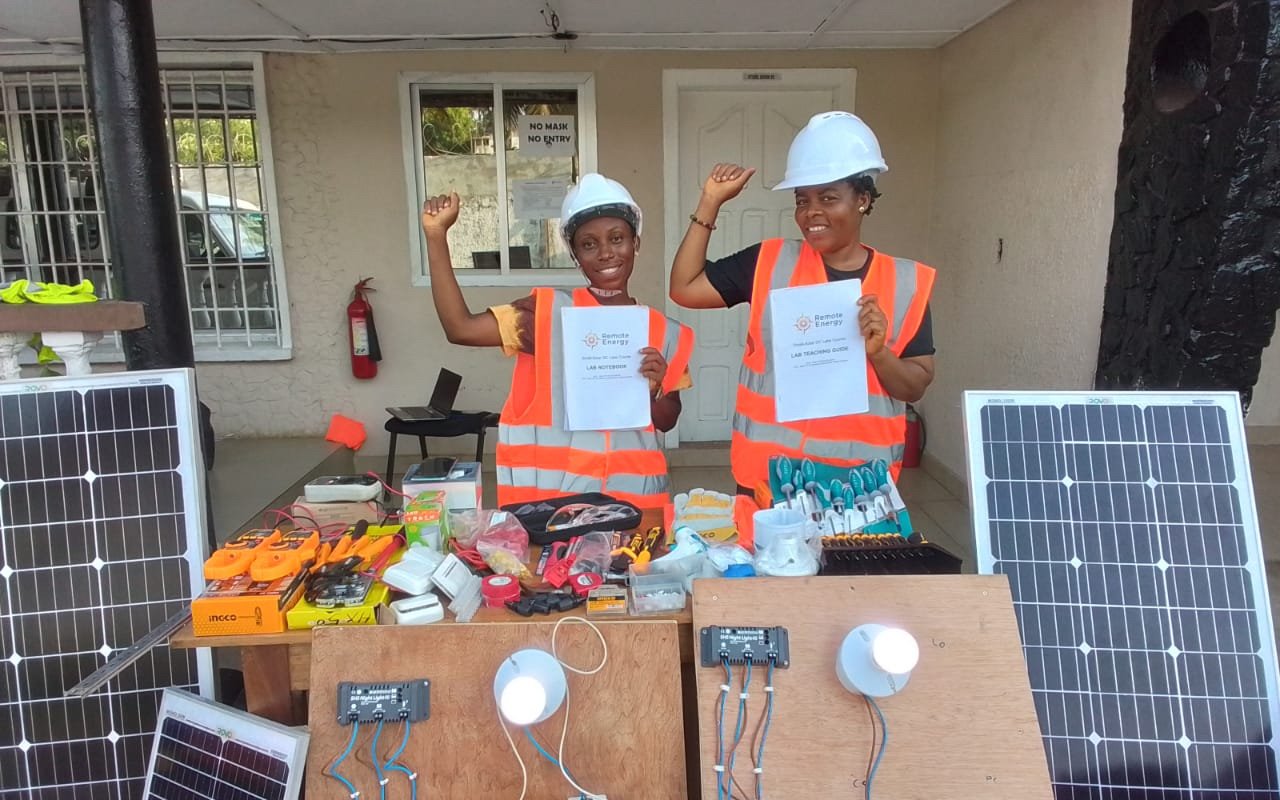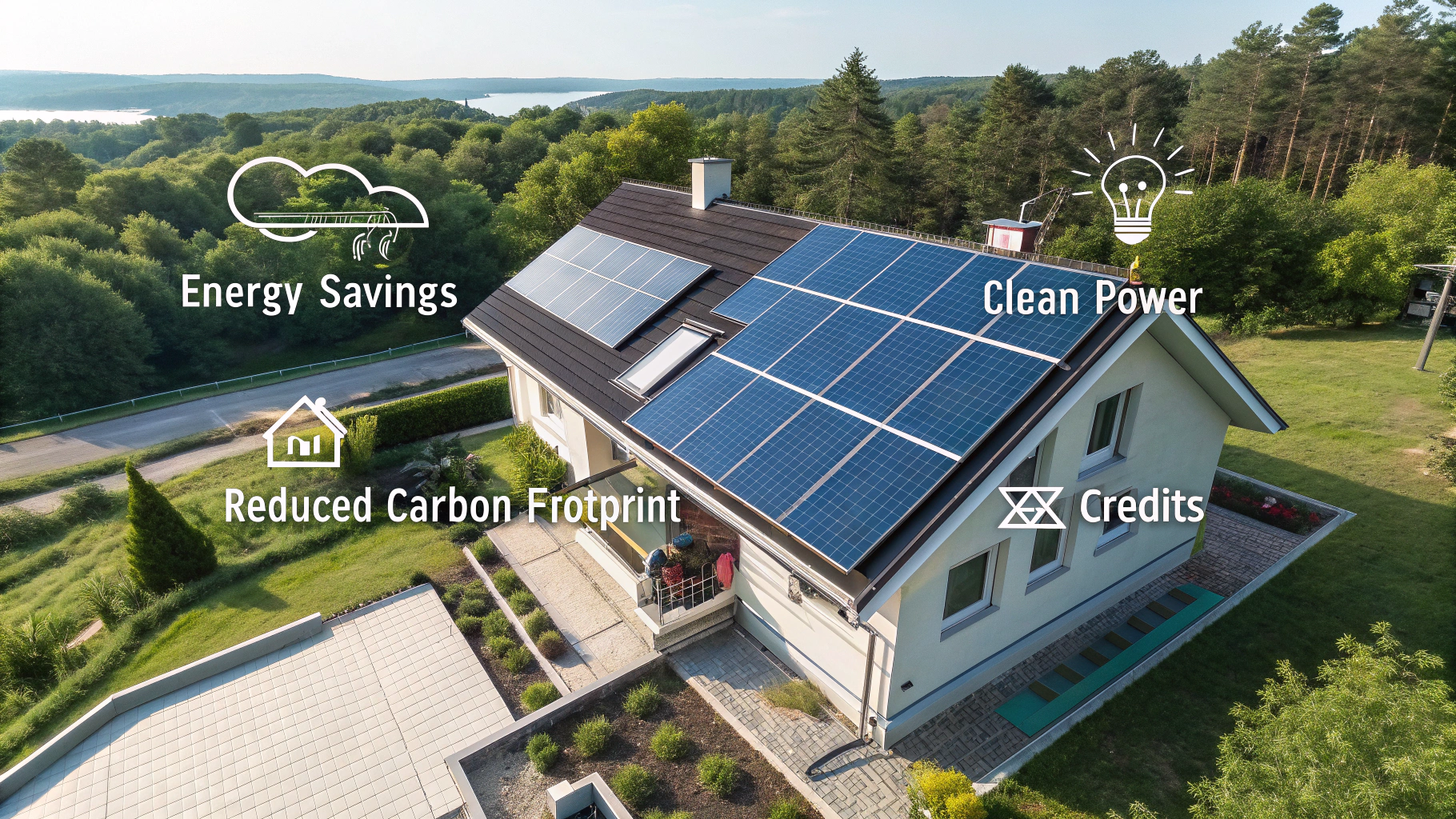Essential Qualifications for Solar Installer Jobs
As global demand for renewable energy surges, solar installer jobs are booming. In fact, the U.S. Bureau of Labor Statistics projects a 48% increase in solar photovoltaic installer roles through 2033, with 4,100 annual job openings nationwide 1. Driven by federal tax incentives and falling technology costs, this growth makes 2024 an ideal time to enter the field. If you’re someone who’s drawn to hands-on technical work or want to combat climate change, here’s how to build a rewarding career installing solar energy systems.

Education and Training
A high school diploma or GED is the baseline requirement, but practical training sets candidates apart. Programs like Solar Energy International’s hands-on courses or San Diego State University’s three-month online solar installer training teach core skills such as panel wiring, electrical system integration, and roof structural analysis 2.
“Shadowing a senior technician for six months taught me more about conduit bending and OSHA protocols than any classroom.”
Arizona installer Marcos Rivera credits his success to an apprenticeship.
Licensing and Certifications
Most states require an electrical or construction contractor license for independent work. Key credentials include:
- NABCEP Photovoltaic Associate Certification (North American Board of Certified Energy Practitioners), which validates expertise in system design and safety.
- OSHA 10 Certification, mandatory for handling workplace hazards like falls and electrocution 3.
Networking and Landing Solar Installer Jobs
Job Platforms and Local Connections
Websites like Indeed list over 100 solar installer jobs in high-growth states like Florida and Texas 4. For direct opportunities:
Certifications like NFPA 70E for electrical safety can make résumés stand out 4. Texas installer Leah Torres landed her role through GRID Alternatives’ training program, which partners with local contractors:
“They matched me with a company needing bilingual technicians—my Spanish fluency sealed the deal.”

2024 Salary Trends and Job Market Outlook
Solar installer jobs offer a median annual wage of $51,860, with regional variations:
-
Florida: Entry-level installers earn approximately $18.31/hour ($38,000 annually), while experienced Miami technicians can reach $34.49/hour ($71,700 annually) 67.
-
National Range: Certified installers in high-demand regions like California exceed $74,000 yearly.

Though salaries are 15% lower than electricians’ median wages, solar’s rapid growth enables faster promotions. The sector added 30.2 gigawatts of utility-scale projects in 2023 alone—enough to power 6 million homes 89.
Day-to-Day Responsibilities
Installation and Safety
A typical Tuesday might involve assessing a residential rooftop at dawn, installing mounting hardware by noon, and configuring inverters in the afternoon. Critical tasks include:
-
Conducting site assessments to evaluate sun exposure and roof integrity 10.
-
Implementing OSHA fall protection protocols, such as harnesses and guardrails, when working at heights 3.
-
Educating homeowners on tax credits and energy savings.

Physical demands are significant: Installers routinely lift 50+ pounds and work in extreme heat or cold.
Overcoming Entry-Level Challenges
New installers often grapple with complex permitting processes and client skepticism about solar costs. California apprentice Jasmine Kim recalls her first solo project:
“The homeowner worried panels would damage their roof. I showed them torque specs and warranty documents—it turned into a referral.”
Solutions include:
- Using tools like SolarApp to streamline permit approvals 12.
- Enrolling in community-focused training with GRID Alternatives, which simulates real-world installations 13.
Emerging Technologies to Master
Stay competitive by learning:
-
High-efficiency perovskite solar cells, which generate more energy in limited spaces 14.
-
AI-driven monitoring systems that alert technicians to underperforming panels via smartphone apps.
-
Sun-following mounts (single-axis trackers), proven to boost energy output by 25% in utility projects 15.

Conclusion
Solar installer jobs offer a clear path to a meaningful career in the renewable energy boom. With the industry projected to employ 300,000 U.S. workers by 2024, now is the time to act. Prioritize certifications like NABCEP and OSHA 10, then use hands-on training to stand out. As federal incentives fuel demand, mastering emerging technologies will position you for long-term success.
Enroll in a NABCEP-certified program by fall 2024 to secure your role in this transformative field.

